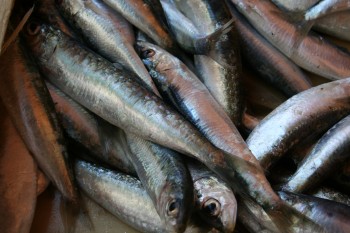
les marchés de Paris
As early as the 5th century, market life has been a part of Parisian culture. Originally, all markets were “covered”, meaning they were stationary and had a roof. However, early in the 20th century many of the covered markets closed and in their place arose open-air markets which could be disassembled at the end of the day. Today the majority of markets are open-air.
Most markets (open-air and covered) carry organic as well as non-organic products. There are three markets dedicated solely to organic products in the 6ème, 8ème, and 17ème arrondissements. In addition to fresh produce, you can find meat, poultry, seafood, and diary products at the markets. Most have prepared (hot and cold) items available as for sale, including pâtés, sausages, paëlla, roast chickens, pastas, salads, and more complicated dishes such as tajines and boeuf bourguignon. The markets vary in size. Larger markets will carry everything from exotic spices to household items, kitchenware, and clothing.
The markets are named for the street or place upon which they are located. While the days and times vary, you can find a market in every arrondissement. Covered markets are open every day except Monday and close early on Sundays. They also close for lunch. The open-air markets are set up for about 5 to 6 hours. Many of the markets (open-air and closed) stay open until 7 or 8 p.m.
Below is a list of the Paris markets (minus two) with their locations, days and times. This list will be continually updated. However, if you are planning a trip to Paris, it is best to verify times and days with France Guide (us.franceguide.com) the official site of the French Government Tourist Office before you go as some of the markets’ locations have changed due to tram construction. When in Paris you can also get a list of the markets from the mayor’s office.
Bonne courses !
LM

Read the rest of this entry »












